-

THIAMINE HYDROCHLORIDE CAS:67-03-8
Thiamine hydrochloride is a synthetic form of thiamine, also known as vitamin B1. This water-soluble vitamin plays a crucial role in energy metabolism and is essential for the functioning of the nervous system, muscles, and heart. Thiamine hydrochloride is often used as a dietary supplement to prevent or treat thiamine deficiency, which can lead to conditions such as beriberi or Wernicke-Korsakoff syndrome. It is also used in clinical settings to manage certain medical conditions, such as alcohol withdrawal syndrome and diabetic neuropathy.
-

Litmus CAS:1393-92-6 Manufacturer Price
Litmus is a water-soluble mixture of different dyes extracted from lichens. It is commonly used as a pH indicator, changing color in response to acidic or basic solutions. Litmus paper, impregnated with litmus, is a simple and convenient method for determining the acidity or alkalinity of a solution. Blue litmus paper turns red in acidic solutions, while red litmus paper turns blue in basic solutions. This makes litmus a valuable tool in various fields, including chemistry, biology, and environmental science.
-
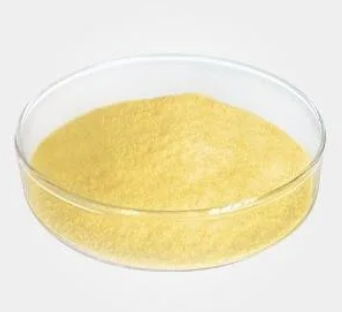
Vitamin a CAS:68-26-8 Manufacturer Price
Vitamin A is a fat-soluble vitamin that is essential for various bodily functions, including vision, immune system support, and cell growth. It also plays a crucial role in maintaining the health of skin and mucous membranes. Sources of vitamin A include liver, fish, eggs, and dairy products, as well as colorful fruits and vegetables, which contain carotenoids that can be converted into vitamin A in the body.
-
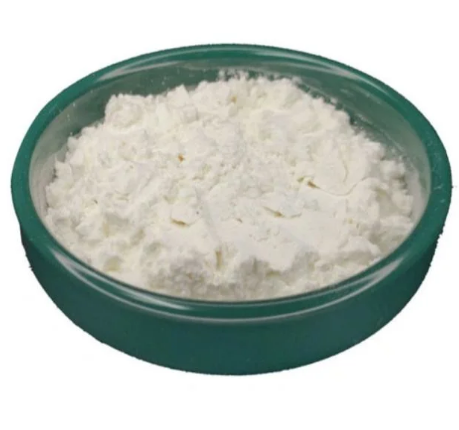
Nicotinamide CAS:98-92-0 Manufacturer Price
Nicotinamide, also known as niacinamide or vitamin B3, is a water-soluble vitamin that plays a critical role in supporting the body’s energy production, metabolism, and overall cellular health. It is a key component of the coenzymes NAD (nicotinamide adenine dinucleotide) and NADP (nicotinamide adenine dinucleotide phosphate), which are involved in numerous biochemical reactions, including those related to the breakdown of carbohydrates, fats, and proteins for energy.
Nicotinamide is also recognized for its antioxidant properties, helping to protect cells from oxidative stress and damage caused by free radicals.
-
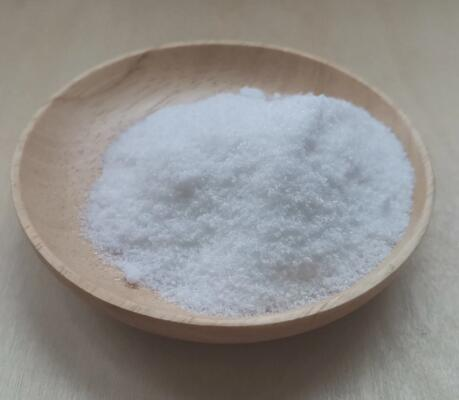
Vitamin B1 CAS:59-43-8 Manufacturer Price
Vitamin B1, also known as thiamine, is an essential nutrient that plays a key role in energy metabolism. It helps the body convert carbohydrates into energy and is important for the proper functioning of the nervous system. Thiamine is found in a variety of foods, including whole grains, nuts, seeds, and pork. Deficiency of vitamin B1 can lead to conditions such as beriberi and Wernicke-Korsakoff syndrome. It is often included in multivitamin supplements and is also available as a standalone supplement.
-
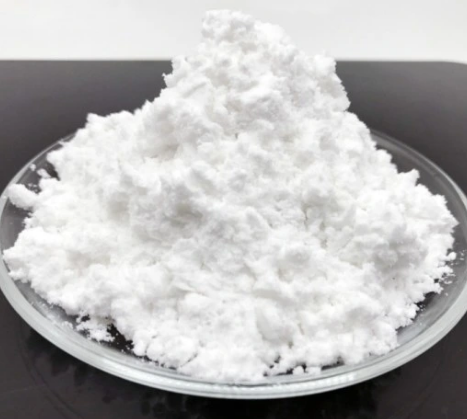
Nicotinic acid CAS:59-67-6 Manufacturer Price
Nicotinic acid, also known as niacin or vitamin B3, is an essential nutrient that plays a crucial role in various physiological processes. It is involved in the metabolism of carbohydrates, fats, and proteins, and it is essential for the production of energy in the body. Niacin also helps maintain healthy skin, nervous system function, and digestive system function. Additionally, it is known for its role in supporting cardiovascular health by helping to manage cholesterol levels. Niacin can be obtained from a variety of foods and is also available as a dietary supplement.
-
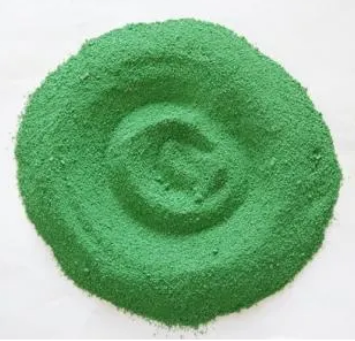
Wright’s stain CAS:68988-92-1 Manufacturer Price
Wright’s stain is a popular histological stain used in laboratory settings for the microscopic examination of blood cells. It is a combination of eosin Y and methylene blue, and it is primarily used to stain peripheral blood smears and bone marrow aspirates. Wright’s stain allows for the differentiation and visualization of various blood cell types, including red blood cells, white blood cells, and platelets.
-
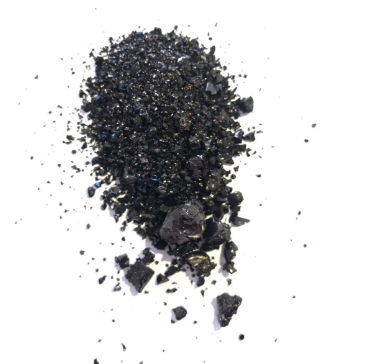
Nigrosine (C.I. 50420) (Acid Black 2) CAS:8005-03-6
Nigrosine, also known as CI 50420 or Acid Black 2, is a synthetic black dye. It is commonly used in the textile industry to dye fibers, fabrics, and leather. Nigrosine dyes are also utilized in laboratory applications as a staining agent for biological specimens and in histology for tissue staining. These dyes are known for their deep black color and are widely used for various coloring purposes.
-
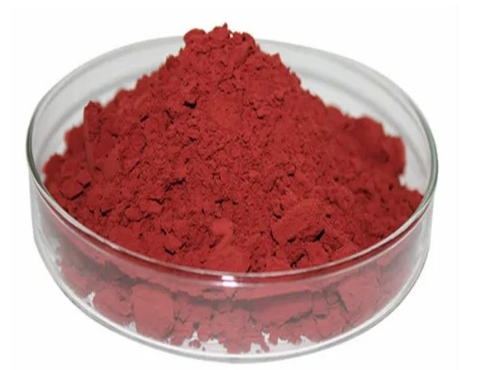
Acid Red 1 CAS:3734-67-6 Manufacturer Price
Acid Red 1, also known as Ponceau 4R or C.I. 16255, is a synthetic dye commonly used as a food coloring agent. It imparts a vibrant red color and is often used in foods, beverages, and pharmaceutical products. Due to its red hue, Acid Red 1 is also used in cosmetic and textile industries, and as a dye for various biological staining applications.
-

o-Cresolphthalein Complexone CAS:2411-89-4
o-Cresolphthalein Complexone is a complexometric indicator that is commonly used to determine the endpoint of titrations involving metal ions, particularly in the analysis of water hardness. It changes color in the presence of metal ions, making it a useful tool in analytical chemistry for detecting and quantifying metal ions in solution.
-
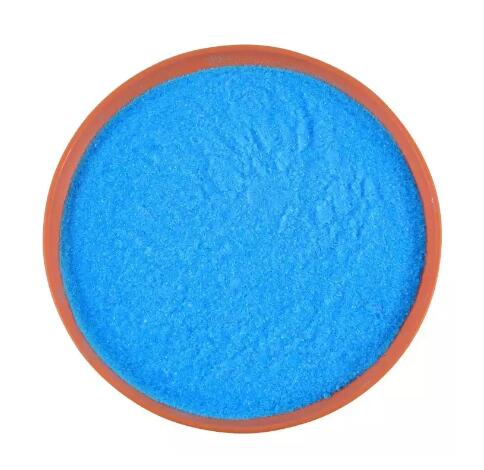
Alkali Blue 6B CAS:1324-80-7 Manufacturer Price
Alkali Blue 6B, also known as C.I. 42755, is a synthetic dye belonging to the class of triarylmethane dyes. It is commonly used in applications such as histology and microscopy for staining biological samples. Alkali Blue 6B is a versatile dye that can be used to visualize specific elements and structures within cells and tissues, making it a valuable tool in biological and medical research. Its chemical properties and staining characteristics make it suitable for various laboratory applications, aiding in tasks such as cell identification and localization of cellular components.
-
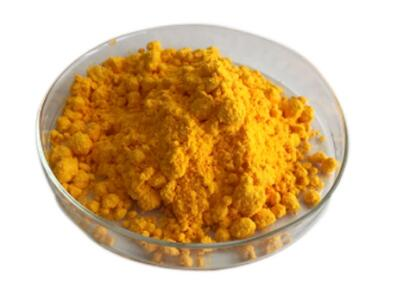
Orange II sodium salt CAS:633-96-5
Orange II sodium salt, also known as Orange II or Acid Orange 7, is an organic compound often used as a dye in various industries. With its bright orange color, it finds applications as a colorant in textiles, inks, and some cosmetics. Additionally, it is utilized as a staining agent in biological and histological processes, particularly in the context of microscopy and cellular analysis.
From a chemical perspective, Orange II sodium salt belongs to the azo dye class and is water-soluble. Its vivid hue makes it suitable for a range of aesthetic applications, contributing to the visual appeal of products in which it is used.

